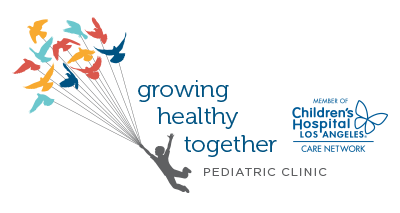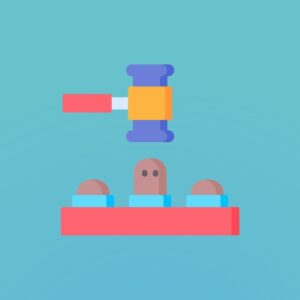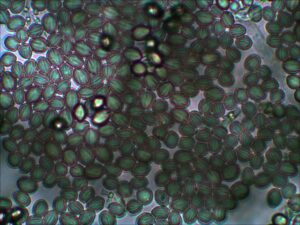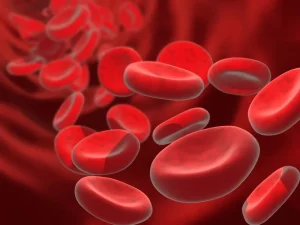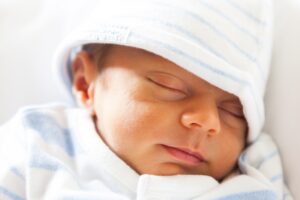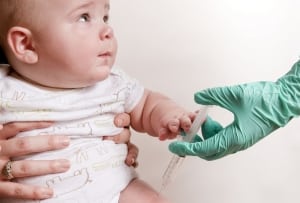What Causes Sprains and Strains?
Sprains and strains are common soft-tissue sports injuries in children. These injuries are used to describe damage to tissues around the joints. A sprain damages the ligaments, and strains damage the muscles or tendons due to overstretching or tearing.
They may be caused by sudden movement, overstretching, overuse, or repetitive motions.
Signs and Symptoms of Sprains and Strains
- Pain in the affected joint
- Limited flexibility
- Swelling
- Difficulty using the full range of motion
The symptoms are primarily the same in both sprains and strains, except for common signs of sprains, including bruising, while common symptoms of strains are spasming.
Prevention
Your child can prevent injuries like sprains and strains by warming up before sports, using the correct training methods and equipment, and wearing the right gear. Be sure that your child gets sufficient rest from their sports or training during the week.
Diagnosis
Diagnosis of a sprain or strain can occur during a visit with your pediatric healthcare provider. In some cases, your child may require diagnostic tests or procedures, like x-rays, MRI, or CT scans.
Treatment of Sprains and Strains
- Restriction of activity
- Splint, cast, or brace
- Pain medication (i.e., Tylenol, Advil)
- Physical therapy
- Surgery
Most will quickly heal if you follow treatment protocol. However, your child mustn’t overuse an injured joint, as it can take longer to heal or become reinjured.
The New RICE
You may remember the old acronym for injury treatment: RICE (Rest, Ice, Compression, Elevation). However, a new acronym might be a little bit better for a sprain or strain. PEACE, LOVE!
PROTECTION. Avoid movements that cause pain.
ELEVATION. Elevate the injured area above the heart.
AVOID ANTI-INFLAMMATORIES. Avoid ice and anti-inflammatory medications that reduce healing.
COMPRESSION. Reduce swelling with bandage or taping.
EDUCATION. Trust your own body and avoid unnecessary treatments or medications.
LOAD. Let your pain level guide your return to normal activities.
OPTIMISM. Use confidence and positivity to help your brain work towards recovery.
VASCULARISATION. Start pain-free stretches to help invite blood flow to your healing tissue.
EXERCISE. Restore your strength by using activity only when your body is ready.
Finally, please respond to this page for questions or comments, or contact us!
